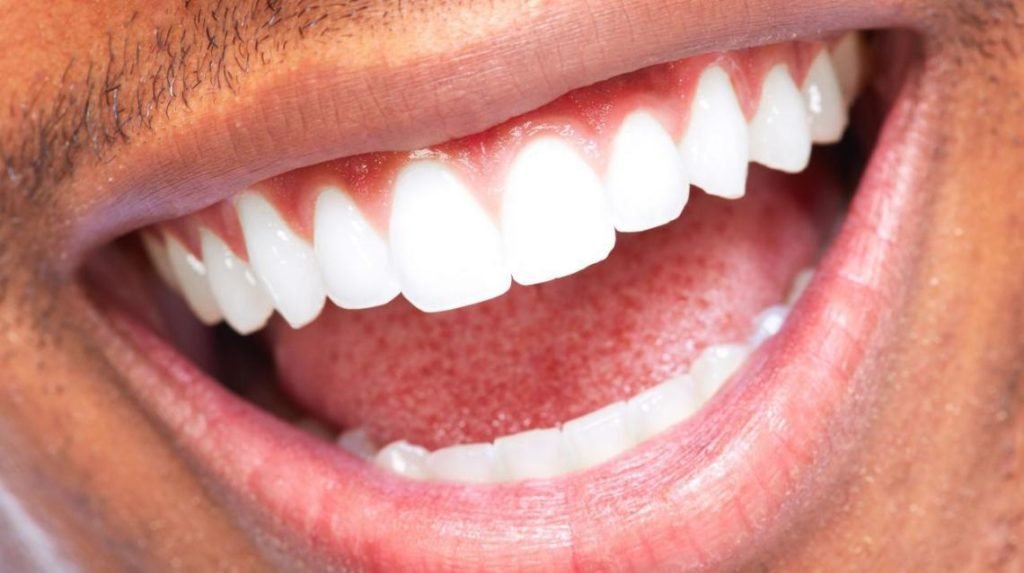Oral submucous fibrosis (OSMF) is an oral precancerous condition characterized by inflammation and progressive fibrosis of the submucosal tissues resulting in marked rigidity and trismus.
Causes:
-
Areca nut (betel nut) chewing is one of the most common causes of OMSF which contains tannins (11%-12%) and alkaloids such as arecoline, arecaidine, guvacine, and guvacoline (0.15%-0.67%). Out of all arecoline is the main agent.
-
Deficiency of iron (anemia), Vitamin B complex, minerals, and malnutrition are promoting factors that disturbs the repair process of the inflamed oral mucosa, thus leads to deranged healing and resultant scarring and fibrosis
Stages:
Haider et al. (2000)
Clinical staging:
Stage 1: Faucial bands only
Stage 2: Faucial & buccal bands
Stage 3: Faucial, buccal & labial bands Functional staging:
Stage 1: Mouth opening >20 mm
Stage 2: Mouth opening 11-19 mm
Stage 3: Mouth opening <10 mm
Symptoms:
- Onset is insidious.
- burning sensation
- blanching oral mucosa
- fibrous band restricting mouth
- opening dry mouth
- Inability to whistle, blow
- Difficulty in swallowing
TREATMENT:
1) Restriction of habits:
Reduction or elimination of habit of areca nut chewing is an
important preventive measure.
2) Corticosteroids:
suppresses inflammatory response by their anti- inflammatory
action.
It prevents fibrosis by decreasing fibroblastic proliferation and
deposition of collagen.
local injection (intralesional injection), topical applications or
in the form of mouthwashes.
SURGICAL MANAGEMENT:
- Group I: earliest stage without mouth opening limitations with an interincisal distance of greater than 35 mm.
- Group II: patients with an interincisal distance of 26-35 mm.
- Group III: moderately advanced cases with an interincisal distance of 15-26 mm. Fibrotic bands are visible at the soft palate, and pterygomandibular raphe and anterior pillars of fauces are present.
- Group IVA: severe trismus with an interincisal distance of less than 15 mm and extensive fibrosis of all the oral mucosa.
- Group IVB: advanced disease with premalignant and malignant changes throughout the mucosa.
The treatment of patients with oral submucous fibrosis depends on the degree of clinical involvement. If the disease is detected at a very early stage, cessation of the habit is sufficient. Most patients with oral submucous fibrosis present with moderate-to-severe disease. Moderate-to-severe oral submucous fibrosis is irreversible. Medical treatment is symptomatic and predominantly aimed at improving mouth movements.



